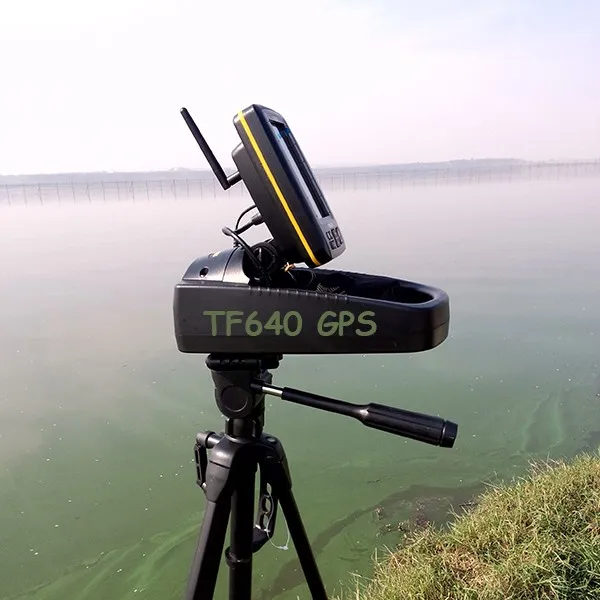


The Malaspina acoustic survey did not rely on nets, and in 2014 its research led to new estimates of the abundance of twilight-zone fish, ranging between 10 and 20 gigatonnes. But this was most likely an underestimate, it turns out, because lanternfish avoid being caught by swimming away from the open nets. Every night, along with other animals, such as the squid that prey on them, lanternfish undergo the greatest animal migration on the planet.īefore the 2010 Malaspina expedition, studies based on trawl surveys estimated that the twilight zone contains about a gigatonne (1bn tonnes) of fish. In fact, the pulses of sound were echoing off the swim bladders – the internal gas-filled bubbles – of billions of lanternfish, as they congregated in dense layers hiding in the deep, then at sunset swam up thousands of metres to feed at the surface.

Huge numbers were first noticed during the second world war, when naval sonar operators saw echoes from what appeared to be a solid seabed, one that rose to the surface at night and fell back down at daybreak. They are lanternfish: there are about 250 species and they are not only the most common fish in the oceans’ twilight zone but the most abundant vertebrates on the planet. Photograph: Oar/National Undersea Research Program


 0 kommentar(er)
0 kommentar(er)
